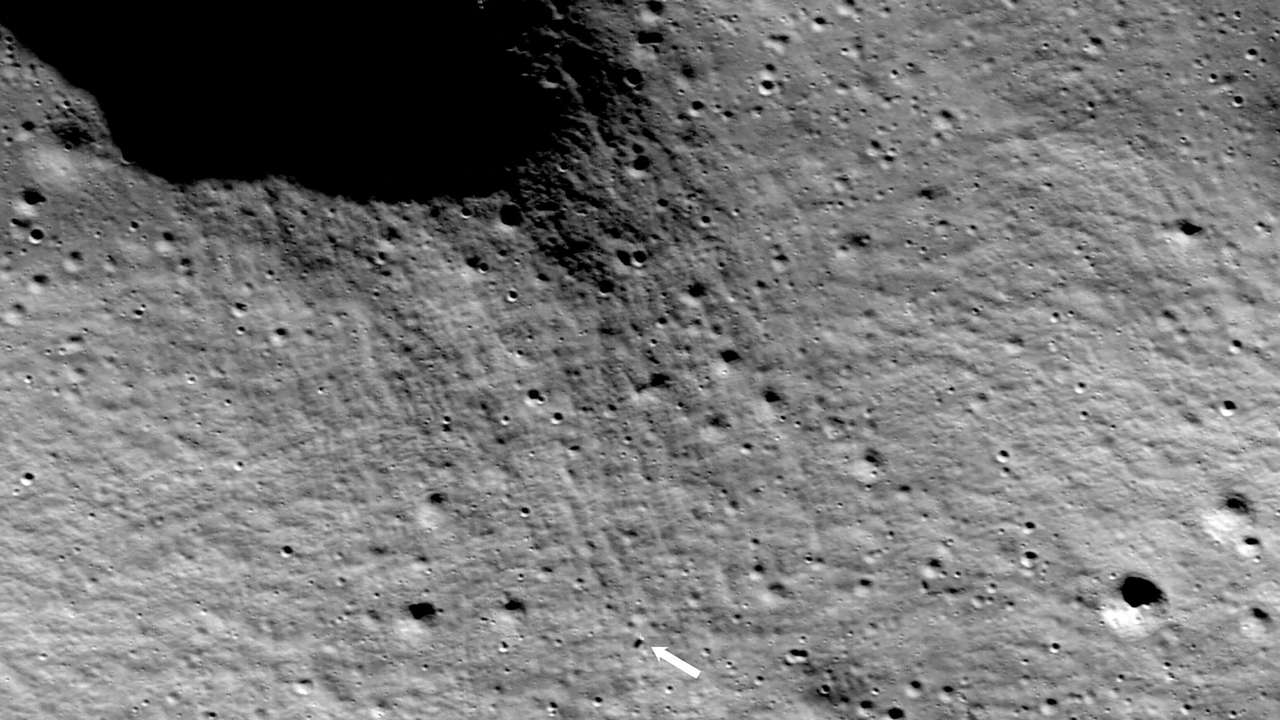Could China's lunar 3D printer make permanent moon bases a reality?

Chinese scientists have unveiled a novel 3D printing system that could transform lunar exploration by enabling the construction of habitats using only soil sourced directly from the moon’s surface.
The technology eliminates the need to transport building materials from Earth, drastically reducing the cost and complexity of establishing long-term lunar research stations.
Developed by the Deep Space Exploration Laboratory in Hefei, Anhui Province, the system uses a high-precision solar concentrator and flexible fibre-optic energy transmission to generate the extreme heat needed to fuse lunar regolith, the layer of loose, dusty material covering the moon.
According to senior engineer Yang Honglun, the successful prototype proves that lunar soil can serve as the sole raw material for creating infrastructure on the moon.
“This printing breakthrough has validated the feasibility of using lunar soil as the sole raw building material, enabling true in-situ resource utilisation and eliminating the need to transport any additional materials from Earth,” Yang said.
The technology features flexible manufacturing capabilities that allow for the production of standard bricks as well as the moulding of complex, custom-designed structures. The lab has completed preliminary tests on Earth, demonstrating the system’s ability to melt and shape lunar regolith into lines, surfaces, and three-dimensional forms using concentrated solar energy, The People’s Daily Online reports.
The project tackled major technical challenges, including reliable solar energy concentration and precise regolith shaping under the harsh conditions expected on the lunar surface. A multidisciplinary team of experts in planetary science, materials science, engineering, and optics collaborated to solve these problems, developing key innovations in energy capture and material processing.
In the future, the 3D printing system could support the construction of lunar roads, equipment platforms, buildings, and energy systems, laying the foundation for large-scale, sustainable exploration and potential resource utilisation on the moon.
The Tiandu lab, which built the printer, has already contributed to major projects such as the Chang’e-6 mission, which returned the first-ever samples from the far side of the moon, and is now preparing to develop the world’s first Mars sample research facility.
This story is written and edited by the Global South World team, you can contact us here.